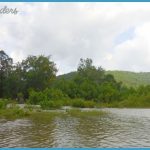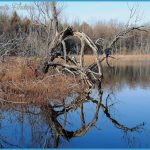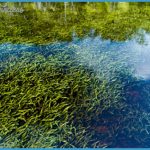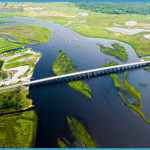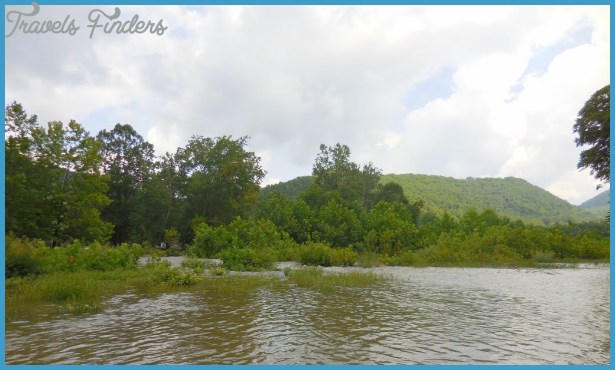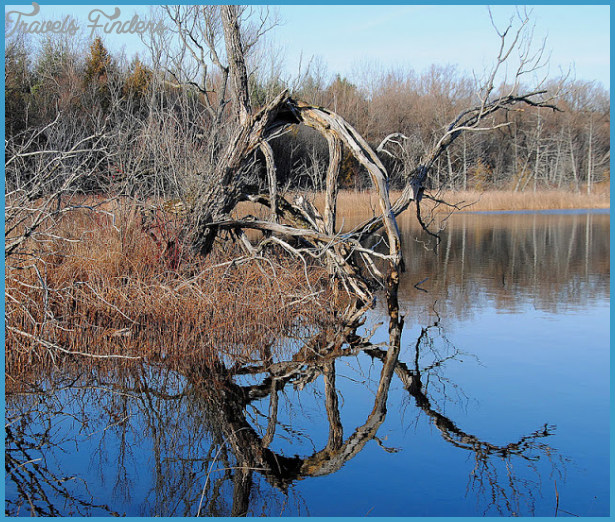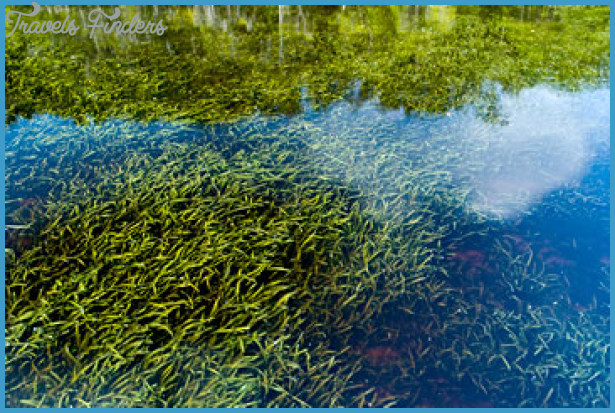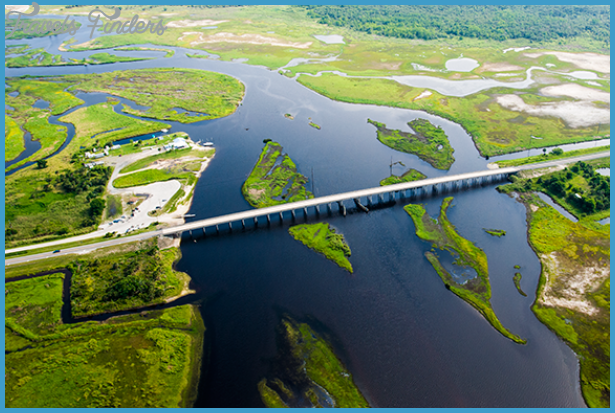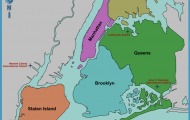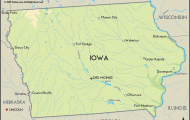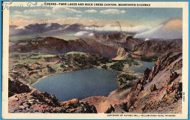Key Species: brown trout, brook trout and smallmouth bass possible
Best Way to Fish: wading
Best Time to Fish: April through November
MAG: Map 14, B-2
Description: The St. George River, a 42-mile-long scenic trout stream, is specially managed for brown trout. It is one of a handful of Maine trout rivers where year-round angling is permitted. Wading is the best way to fish the river, but you can also fish from the bank in many areas. A whitewater canoe race takes place here each April, but fishing from a canoe is not practical. Special regulations include a 12-inch, 2-fish daily limit on trout, an open season from January 1 through December 31, and a 2.5-mile-long no-kill section from the Ghent Road in Searsmont to the upstream side of the Maine Route 105 Bridge in Appleton. Camping is available at Camden Hills State Park on U.S. Route 1 in Camden. There are motels in Camden, Northport, and Belfast.
Savoring the red quill hatch on the St. George River. Here, an angler keeps tension on a hefty brown trout. Long rods and fine leaders are the key to success here.
Fishing index: The river is heavily stocked with brown trout (in 1995, 3,000 8- to 10-inch trout were stocked in Appleton). There is a good carry-over rate, and fish up to 15 inches long are relatively common. Some native brook trout and smallmouth bass are present. This site is a haven for fly fishers, since most of the river is easily waded. In May and early June, fly hatches can be profuse, with a good variety of mayflies, as well as caddis flies. In early spring, stick to bucktails and nymphs. Fall fishing is sometimes a hit-or-miss proposition, but this is when some of the largest fish in the stream are taken. Dry-fly patterns to use in the fall include creme variants, hairwing royal coachmen, and any midge pattern in sizes 20 through 26. Bucktails, muddler minnows, black-nosed dace, and Jerry’s smelt are all effective as well. In midsummer, water levels can drop, making the fish sluggish, except during morning and evening. Terrestrial patterns work well here when aquatic insects are not showing. One of the author’s favorite terrestrials is a red, cork-bodied beetle in size 14.
Night fishing during periods of low water can be very productive. Sometimes you can hear the huge brown trout as they splash about and slurp in anything that happens to be on the water. Pay attention to the shallows, since the trout tend to be in unlikely places at night. Use big, bushy wet flies; black is the best color. Leech patterns are effective at night, too.
Directions: To get to the no-kill section of the river in Searsmont, take Maine Route 3 from Belfast and drive west for 7 miles to the intersection of Maine Route 131. Take Maine Route 131 south through Searsmont Village and continue south for 2 miles to the Ghent Road, on the left. You will see a bridge at the bottom of the hill. Park on the right side of the road, just past the bridge. The no-kill section starts below the bridge and continues on to the next bridge in North Appleton.
The section above the bridge is not as heavily fished.
For more information: Contact the Maine Department of Inland Fisheries & Wildlife Regional Fish and Wildlife Headquarters in Bangor.

